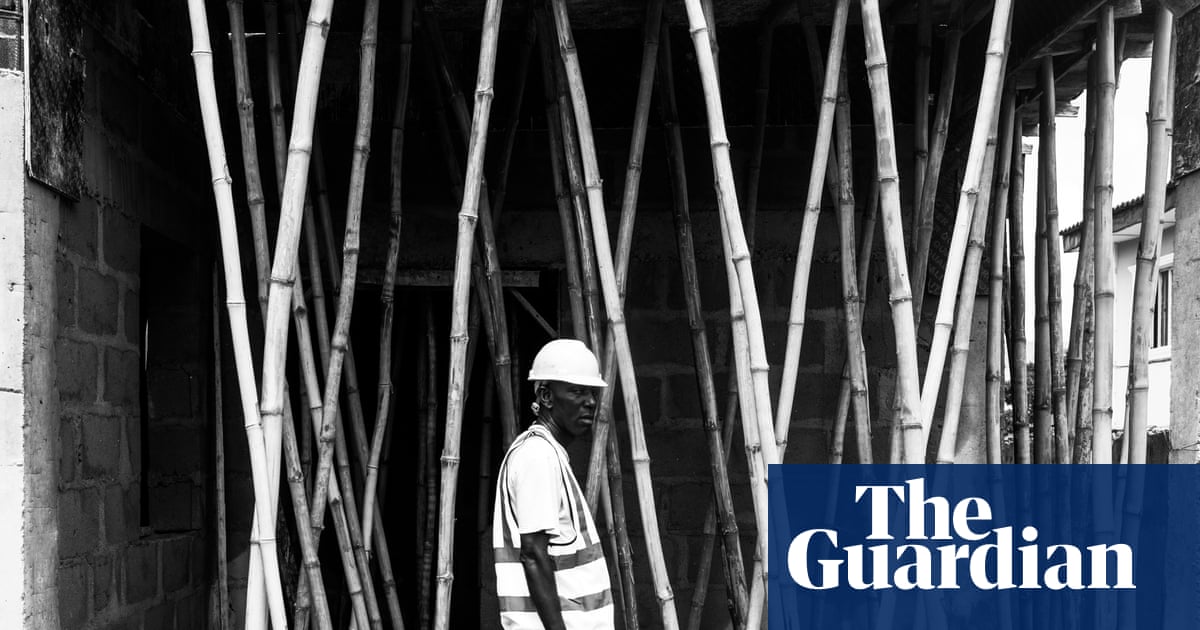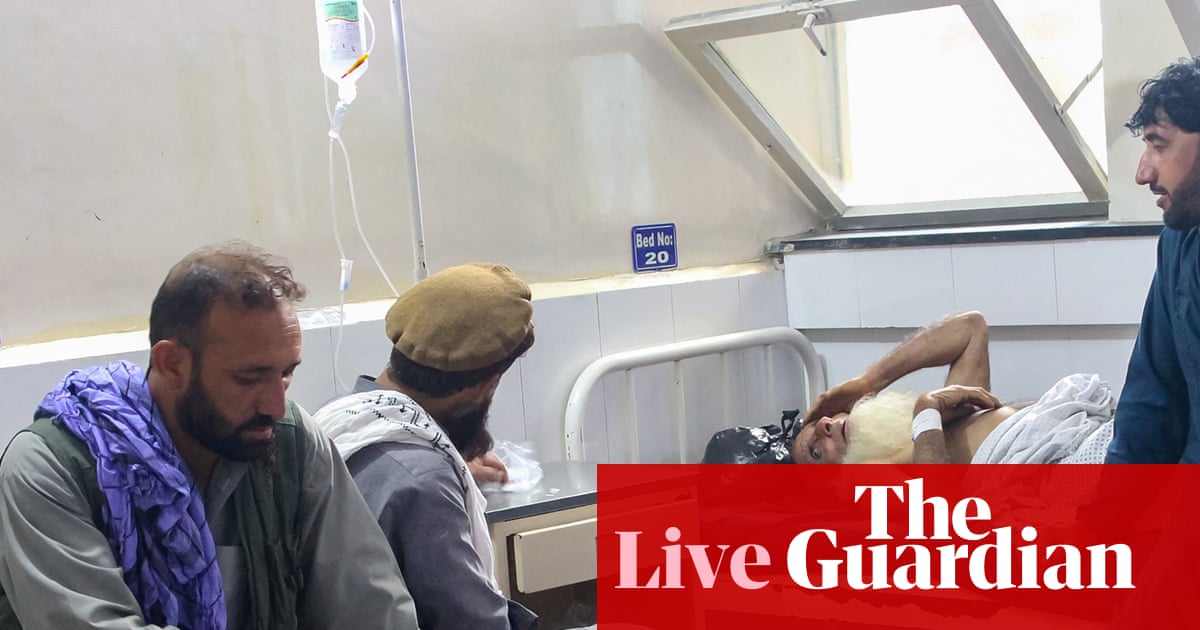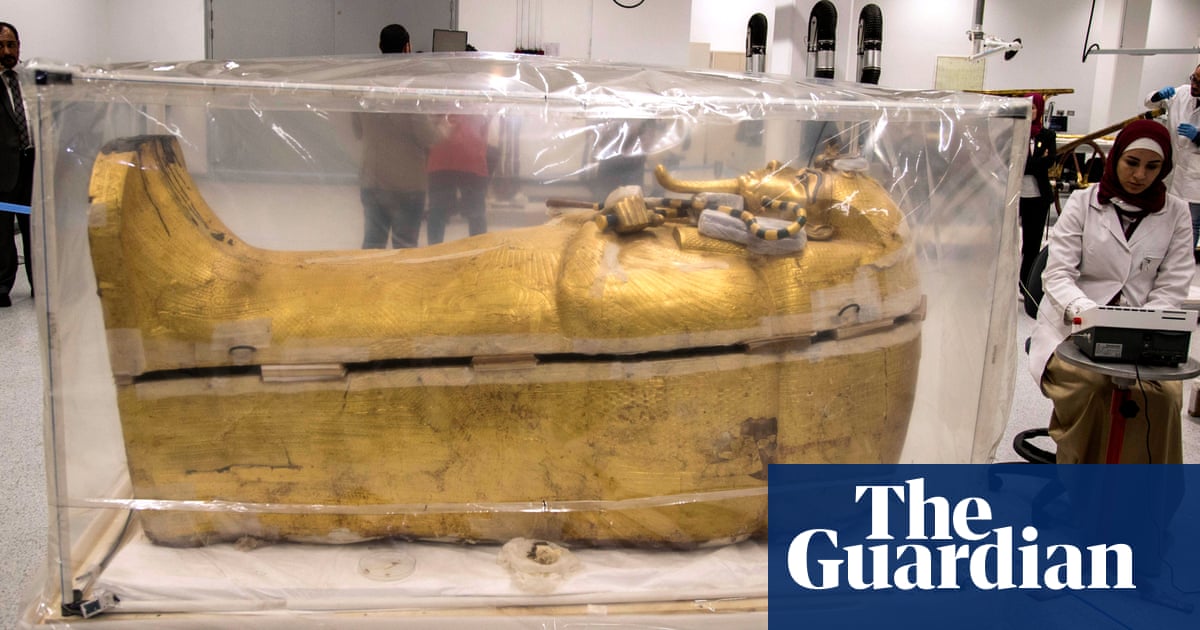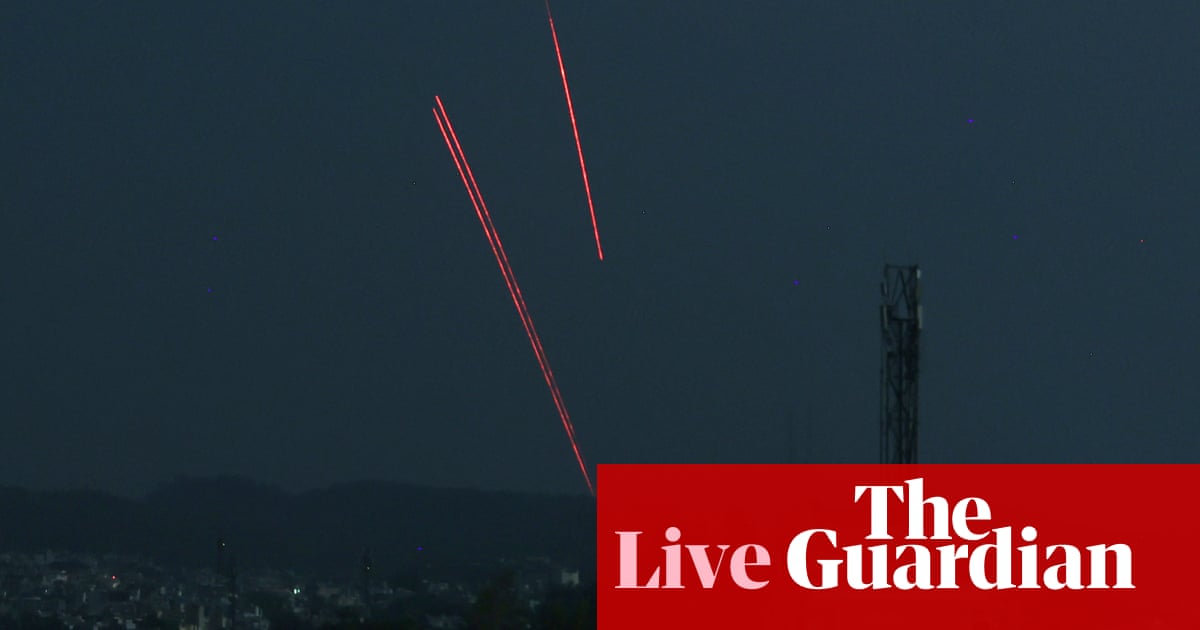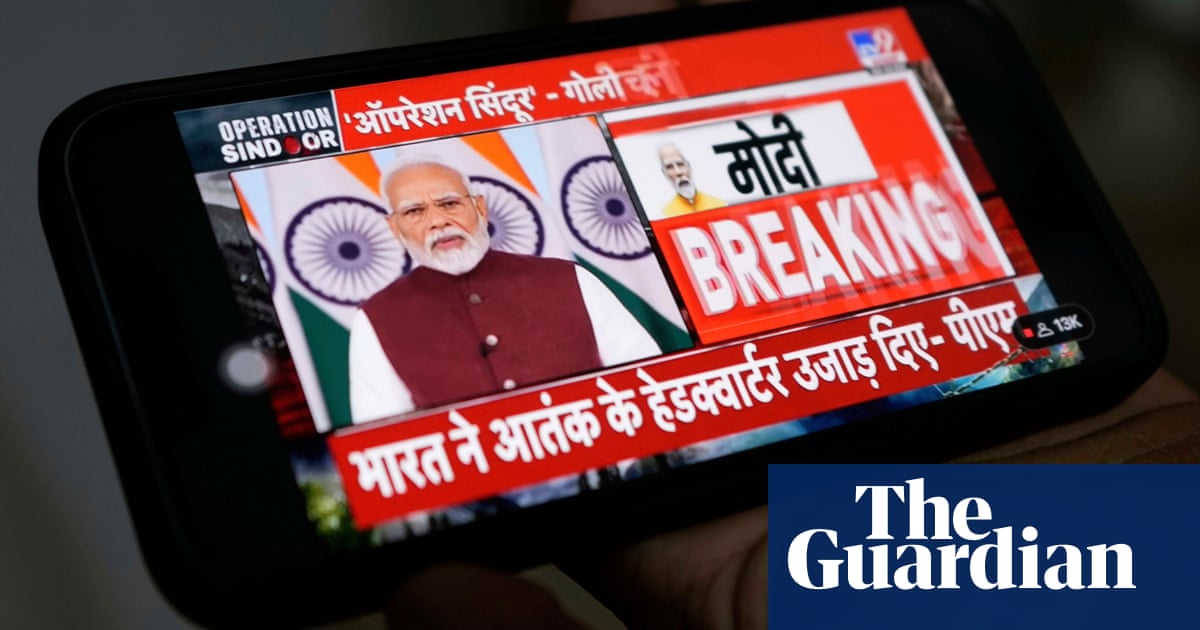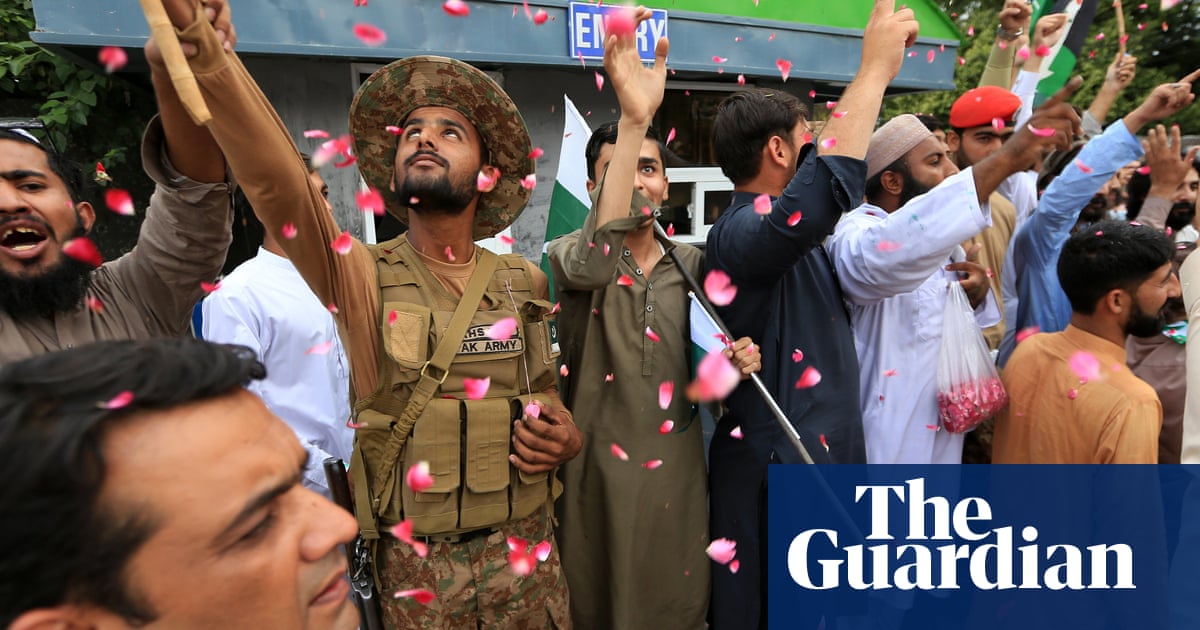Indian surface-to-air missiles were already soaring towards Pakistan’s most significant military bases when the first call came from the US.
It was 4am in Islamabad and Marco Rubio, the US secretary of state and recently appointed US national security advisor, was on the line to the man everyone knew was calling the shots in Pakistan: army chief Gen Asim Munir.
It was the beginning of eight hours of negotiations, mediated by the US, that finally secured a fragile ceasefire between India and Pakistan at midday on Saturday, according to two Pakistan security and intelligence officials who spoke to the Guardian. The agreement was first publicly announced by Donald Trump on his Truth Social platform, although Pakistan said the US president never personally made any calls to their side during the negotiations.
When India first launched missiles at Pakistan early on Wednesday, as retribution for a militant attack in Indian-administered Kashmir in April that killed 26 people, the US showed little interest in getting involved.
The US had already said India had “the right to defend itself” after the Kashmir attack, and India framed its strikes on Pakistan as solely hitting “terrorist camps” that threatened its national security, rather than any civilian or military targets.
Asked in the Oval office that day about the escalating tensions between India and Pakistan, Trump said dismissively: “they’ve been fighting for a long time. I just hope it ends very quickly”. Speaking on Thursday, his vice-president, JD Vance, said simply it was “none of our business”.
But by late Friday night, as both sides escalated the conflict, it was made clear to the Trump administration that leaving the two nuclear armed countries to their own devices posed a danger not just to the region but to the world – and that the only third party mediator acceptable to both sides was the US, as it has historically been over decades. In particular, the US began to fear the escalation towards a nuclear threat was becoming a very real possibility.
This threat was seen to escalate further after India launched strikes at three critical Pakistani air bases, including Nur Khan air base in the city of Rawalpindi, in the early hours of Saturday – an attack said to be an attempt to pre-empt an imminent strike by Pakistan. The base is not far from where Pakistan keeps its nuclear arsenal, and the army chief and the prime minister, Shehbaz Sharif, were so concerned that the PM called for a meeting of the National Command Authority (NCA), the body in control of Pakistan’s nuclear capabilities. Pakistan later denied ever calling the meeting.
“At this point, the fear for everyone was a nuclear war between two arch rivals,” said one Pakistan security official – something Trump referenced on Monday when he boasted on his Truth Social social media network that he had prevented a “bad nuclear war” between the two countries.
Trump had tasked Rubio with talking down the Pakistan side, while Vance was the one dealing directly with India and its prime minister, Narendra Modi.
Rubio made repeated calls not only to Munir, the army chief, but also Pakistan’s national security advisor Asim Malik and Sharif. According to officials, the message from Rubio was simple: this needs to stop.
Interventions were also made by Saudi Arabia, Iran and the UAE, and the UK also applied pressure through diplomatic backchannels.
“We welcomed the US intervention,” said one Pakistan official. “We don’t want war but if it is imposed upon us, then we have no choice to respond with aggression, as we did.”
India has since maintained that their fight was “only with terrorists” and that it was “a shame that the Pakistan military chose to intervene”.
By 2:30pm on Saturday, the heads of both Pakistan and India’s military operations spoke on the phone for the first time since hostilities broke out. Initially they agreed for the ceasefire to begin at 4pm, but after reports of cross-border firing and drones along the disputed border in Kashmir, known as the line of control, it was pushed back.
As well as an end to all aggressions, the ceasefire included an agreement for future truce talks to take place between the two countries, likely in one of the Gulf states such as the UAE, according to officials.
Anwaar ul Haq Kakar, the former prime minister of Pakistan who has been privy to high level discussions, said the talks would primarily focus on securing the ceasefire and discussions on India’s ongoing suspension of the Indus river treaty, which governs critical water flow into Pakistan.
“Immediately Kashmir issue might not be discussed – but after some confidence building measures, the issue of Kashmir will be on the table,” said Kakar.
While Pakistan openly discussed the US role in brokering peace, Sharif publicly thanking Trump for his involvement, India made no mention at all of any outside influence in the agreement – instead later claiming it was Pakistan who had first approached them for a ceasefire.
Indian officials did not respond to requests by the Guardian to discuss the ceasefire negotiations. However analysts said India’s refusal to discuss any US-role in a ceasefire was indicative of the Modi government’s non-alignment foreign policy and its bullish rejection of outside interference in India’s affairs.
On Sunday, Trump – who seemed to have discovered a newfound interest in the subcontinent – tweeted that he was willing to work with India “to see if, after a ‘thousand years,’ a solution can be arrived at concerning Kashmir”.
India and Pakistan’s dispute over Kashmir dates back not thousands of years, but instead to 1947, after the partition of India and the formation of Pakistan. The two countries have since fought three wars over the region, which remains divided between both. Indian-administered Kashmir is home to a decades-long violent insurgency, said to be backed and funded by Pakistan, and is one of the most militarised zones in the world.
India has historically rejected third-party mediation on Kashmir, viewing it as a sovereign issue, and remains highly sensitive to any discussion over it at an international level.

 3 months ago
164
3 months ago
164










